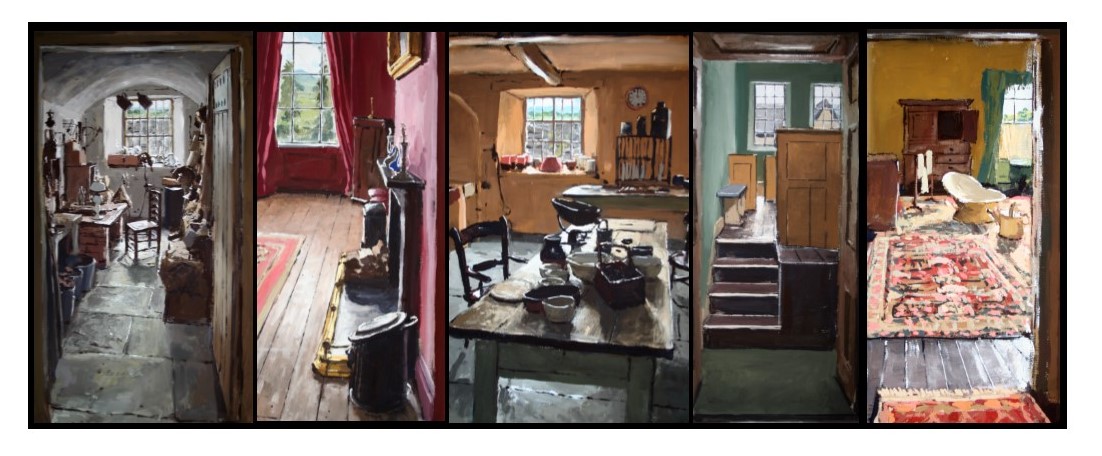The name given to the tight trousers worn by some Regency gentlemen, such as the notorious Beau Brummell and his ‘dandy’ followers, as they showed off their leg muscles.
Arthur, the museum cat
Those of you who have visited us over the last few years will most probably have met Arthur, the huge white museum cat. Lots of visitors knew of him and some came just to say hi. We are sorry to announce that he has recently passed away – he’s hugely missed here.
Arthur came to live at the museum by choice some years ago and since has been a well-established feature – he appeared on tv, had a article in Cat World magazine, had postcards and Christmas cards sent regularly and was the highlight of many school visits, where he’d let even the roughest of tiny hands pet him in exchange for a bit of ham from their sandwiches.
Thanks to all of you who made a fuss over him through his years here. He loved your attention.
A Victorian-style pet gravestone has been commission to go in our garden to commemorate him.
March 2010
